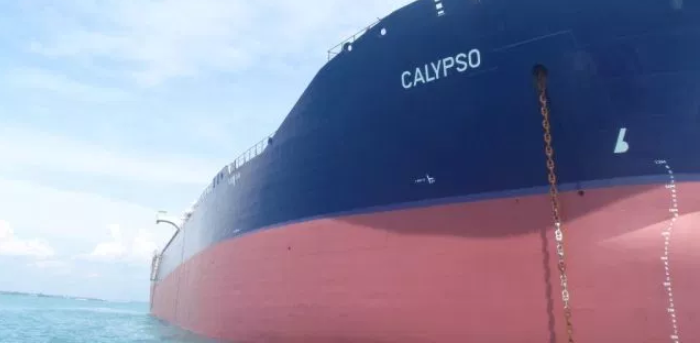During a 40-month trial of an antifouling coating containing an anti-barnacle active agent, barnacles failed to anchor themselves to the tanker’s hull. The technology activated the barnacle larvae’s octopamine receptor, keeping them in swimming mode and preventing them from attaching to the hull with non-fatal effect.
During the last 40 months an MR tanker has been in active operation across a wide range of trade routes globally, often sailing in global biofouling hotspots with > 25oC (up to 32oC) water temperatures where the risk of biofouling is very high. The vessel has also spent several extended periods idling in these zones.
[smlsubform prepend=”GET THE SAFETY4SEA IN YOUR INBOX!” showname=false emailtxt=”” emailholder=”Enter your email address” showsubmit=true submittxt=”Submit” jsthanks=false thankyou=”Thank you for subscribing to our mailing list”]
During the trial, barnacles failed to anchor themselves to the tanker’s hull thanks to the anti-barnacle active agent. This activated the barnacle larvae’s octopamine receptor, keeping them in swimming mode and preventing them from attaching to the hull with non-fatal effect.
What is more, a hull inspection conducted at month 35 in the tanker’s in-water-survey schedule established that Team Calypso’s hull was virtually barnacle free with no soft fouling coverage.
Independent third-party data analysis has also confirmed the fouling prevention performance of the technology. At the last month, overall added resistance on Team Calypso’s hull and propeller because of fouling was low, at 16%, compared to up to 30% expected for a reference ship of similar age, size and trading patterns.
Of the 16%, added resistance on the hull accounted for 10%, while added resistance on the propeller accounted for the remaining 7%. The development of added resistance was calculated at a rate equivalent to 0.4% per month, compared to the expected rate of between 0.5% and 1.5%.





























































